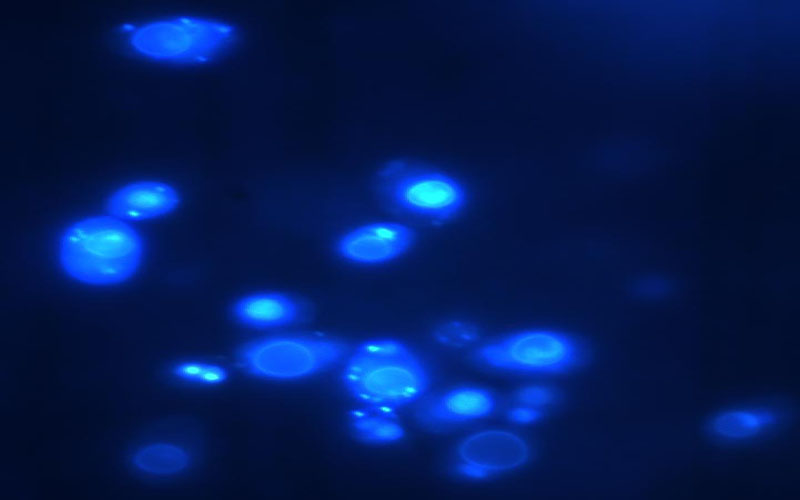Issue addressed by the project
Climatic change and human actions are threating the sustainability of food security. UN has launched four aims within the sustainable development plan to maintain and ensure food security.
What is the objective?
In PloidYeast, we aim to apply a new collection of yeasts to offer new biotechnological approaches that can solve UN challenges, that is convert the food chain in a sustainable and a circular process.
How are we carrying out the project?
To accomplish this objective, we will make use of a recurrent evolutionary phenomenon observed in several industrial yeasts and other organisms. This phenomenon is called polyploidization and consist in the increase of the number of copies of the genome. Polyploidization facilitates the adaptation of the organism to new environmental conditions, as can be the harsh conditions found in the food industry. Through several evolutionary steps, we might generate yeasts with desired industrial traits, accommodated to reach the sustainability of the food security. We will apply a multidisciplinary approach combining microbiology, molecular and genetic engineering methods, bioinformatics and mathematical modelling to select and generate a new yeast collection. At the end of the project, we expect to learn how polyploidization improves adaptation to industrial conditions and solve some of the UN challenges.
Are there any project findings to report so far
We already know that increasing the number of copies in a yeast, by introducing the genome of multiple yeasts with desired industrial traits, generates a new yeast with the combination of the parental traits.
Financing
PloidYeast is supported by Research Council of Norway (RCN) grant no. RCN 324253.
Publications
- Peris D, Belloch C, Lopandic K, Álvarez-Pérez JM, Querol A, Barrio E. 2012. The molecular characterization of new types of S. cerevisiae x S. kudriavzevii hybrid yeasts unveils a high genetic diversity. Yeast. 29:81-91.
- Peris D, Moriarty R, Alexander W et al. 2017. Hybridization and adaptive evolution of diverse Saccharomyces species for cellulosic biofuel production. Biotechnol Biofuels. 10:78
- Peris D, Alexander WG, Fisher K, Moriarty RV, Basuino MG, Ubbelohde EJ, Wrobel R, Hittinger CT. 2020. Synthetic hybrids of six yeast species. Nature Communications. 11:2085
- Peris D, Ubbelohde EJ, Kuang MC, Kominek J, Langdon QK, Adams M, Koshalek JA, Hulfachor AB, Opulente DA, Hall DJ, Hyma K, Fay JC, Leducq JB, Charron G, Landry CR, Libkind D, Gonçalves C, Gonçalves P, Sampaio JP, Wang QM, Bai FY, Wrobel RL, Hittinger CT (2023). Macroevolutionary diversity of traits and genomes in the model yeast genus Saccharomyces. Nature Communications 14: 690
